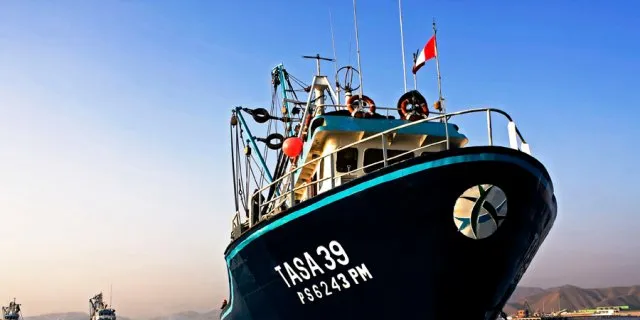Peru blog: Anchovies -- the feed sector and the food sector
Follow IntraFish Editor Drew Cherry on his journey to the seafood factories in Peru, and to the capital of Lima, where´ll speak with some of the most important voices in the industry at the Expoalimentaria show.
